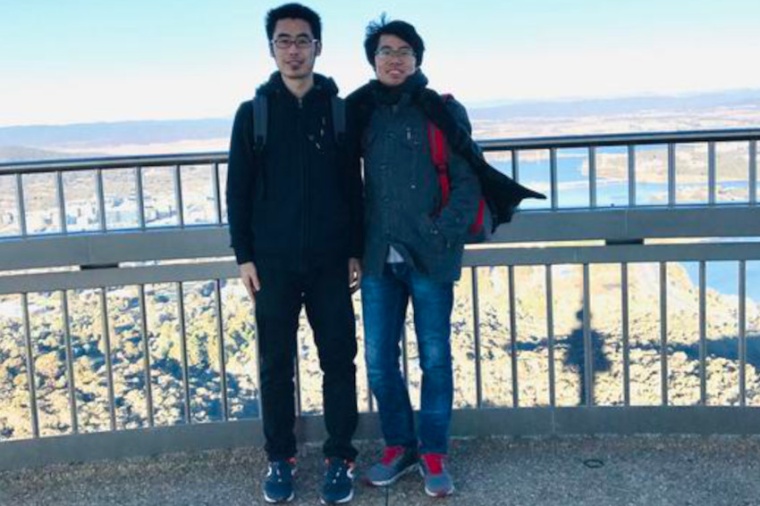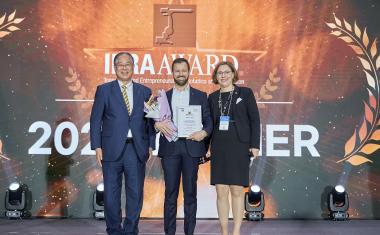Nanowires for photonic chips
New strategy to deliver thousands of nanolasers with multiple wavelengths on the same substrat.
Researchers from TMOS, the ARC Centre of Excellence for Transformative Meta-Optical Systems, have developed a new engineering approach to on-chip light sources that could lead to widespread adoption of photonic chips in consumer electronics. The team from Australian National University and their collaborators at Northwestern Polytechnical University outline a method for growing high quality multi-quantum well nanowires made from semi-conductor materials indium gallium arsenide and indium phosphide.

Optical transmission of information outperforms electrical transmission in terms of speed and efficiency, which is why the photonic chip industry has boomed in the past decade. These photonics integrated circuits can now be found in telecommunication devices, autonomous vehicles, biosensors, and consumer devices such as mobile phones. A key shortfall of current photonic chips is the lack of an on-chip light source. Currently, these chips require an external light source, preventing the further miniaturization of the chips and the devices they enable.
Nanowire lasers are an excellent candidate for these light sources, but high-quality nanowires with smooth sidewalls, controlled dimensions, and precise crystal composition that operate at room temperature have been difficult to fabricate at scale. The researchers have developed an innovative multi-step facet engineering approach for nanowire growth using selective area epitaxy by metalorganic chemical vapour deposition technique.
PhD student Fanlu Zhang, says, “Through this new method of epitaxial growth, we can precisely control the diameter and length of quantum well nanowires with high crystal quality and uniform morphology. This makes it possible to design controllable nanowire optical cavities, thereby enabling the regulation of spatial modes and longitudinal modes. Then, by modulating the composition and thickness of quantum wells in the nanowires, the lasing wavelength of the nanowires can be adjusted, achieving coverage of a wide spectral range in the near-infrared telecommunication band.”
Xutao Zhang says, “The technology we present is well-suited for large-scale epitaxial growth of uniform nanowire arrays. It will enable the batch construction of nanoscale laser light sources in the near-infrared telecommunication band. This approach has the potential to overcome the obstacles associated with traditional methods of fabricating on-chip integrated light sources through bonding or heterogeneous epitaxy, demonstrating a promising path for large-scale photonic integration.”
TMOS Chief Investigator Lan Fu says, “This is significant progress towards on-chip light sources and the growth of the photonic chip industry. Importantly, it sets the scene for the mass manufacture of these devices. The next step for this research will be to design and fabricate electrical contacts to achieve electrical injected lasing. (Source: TMOS)











